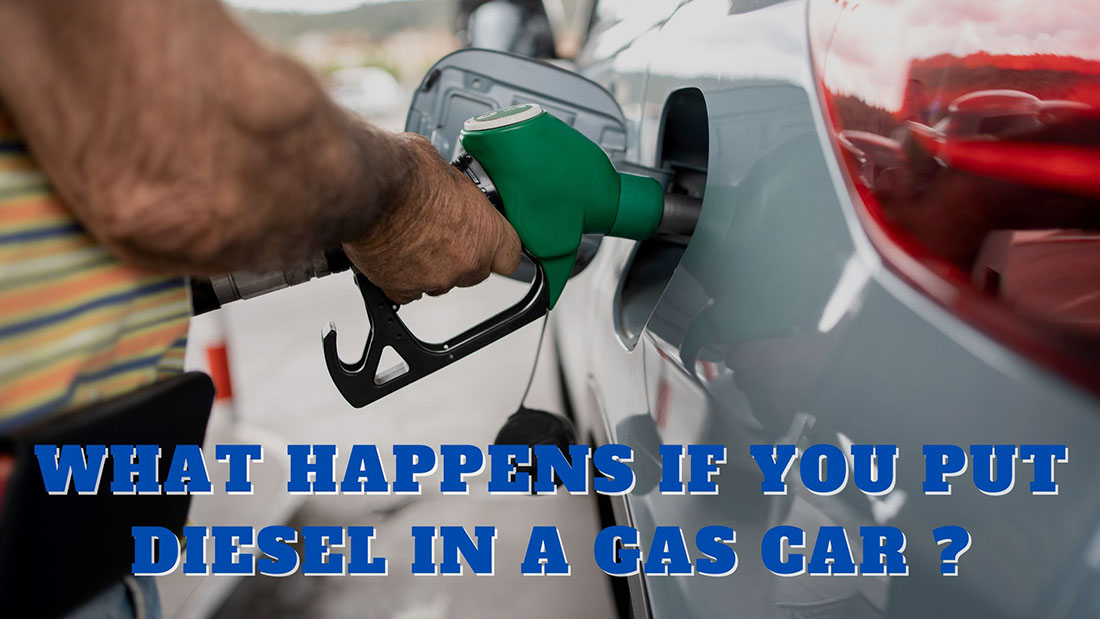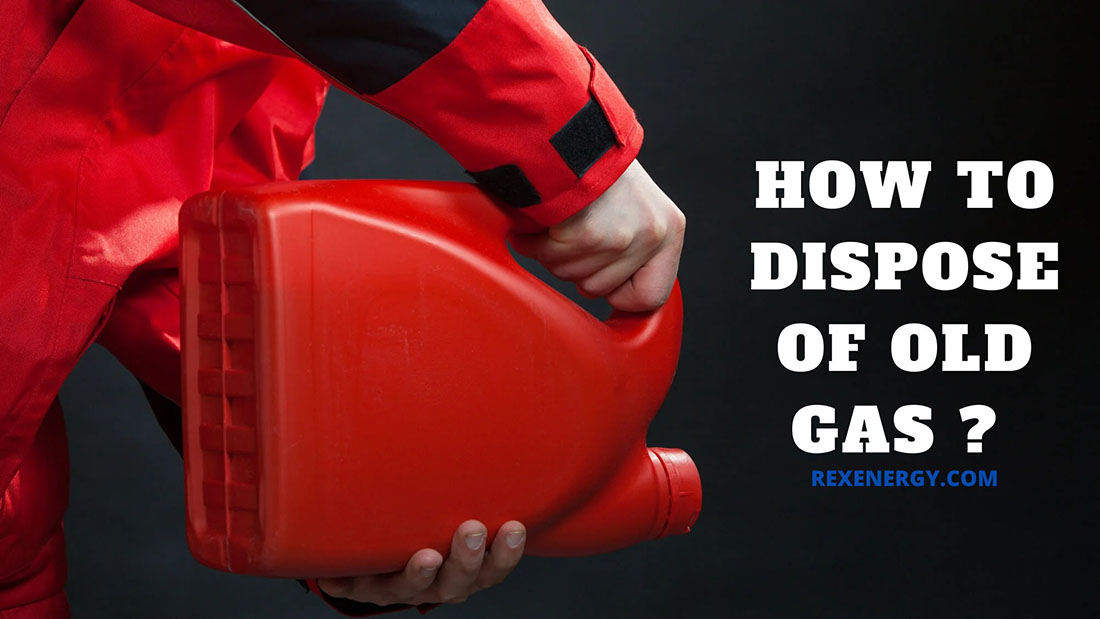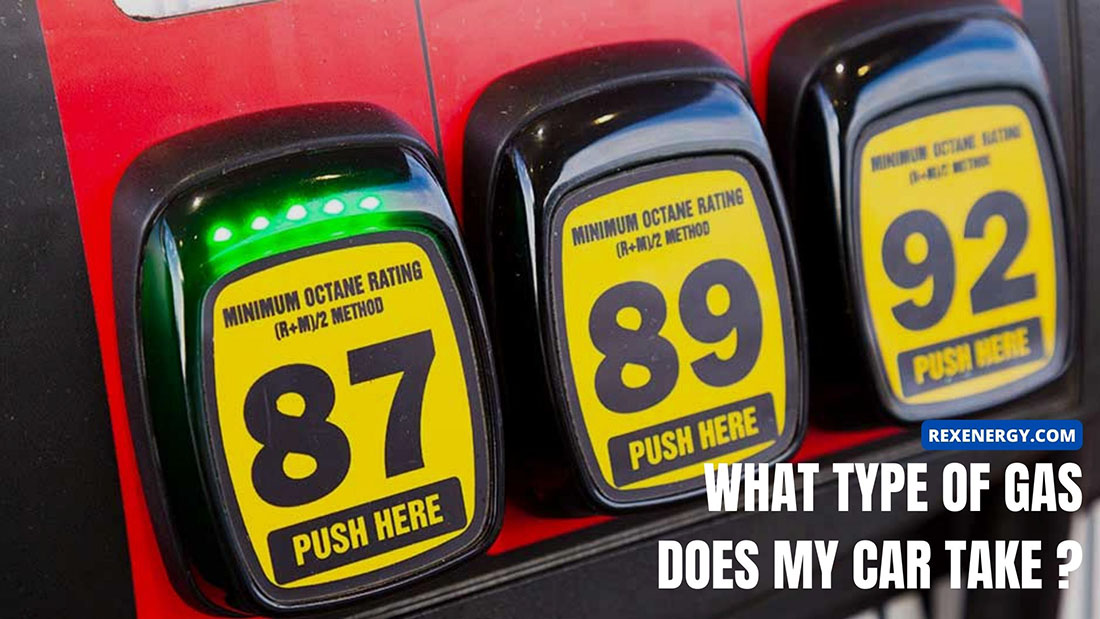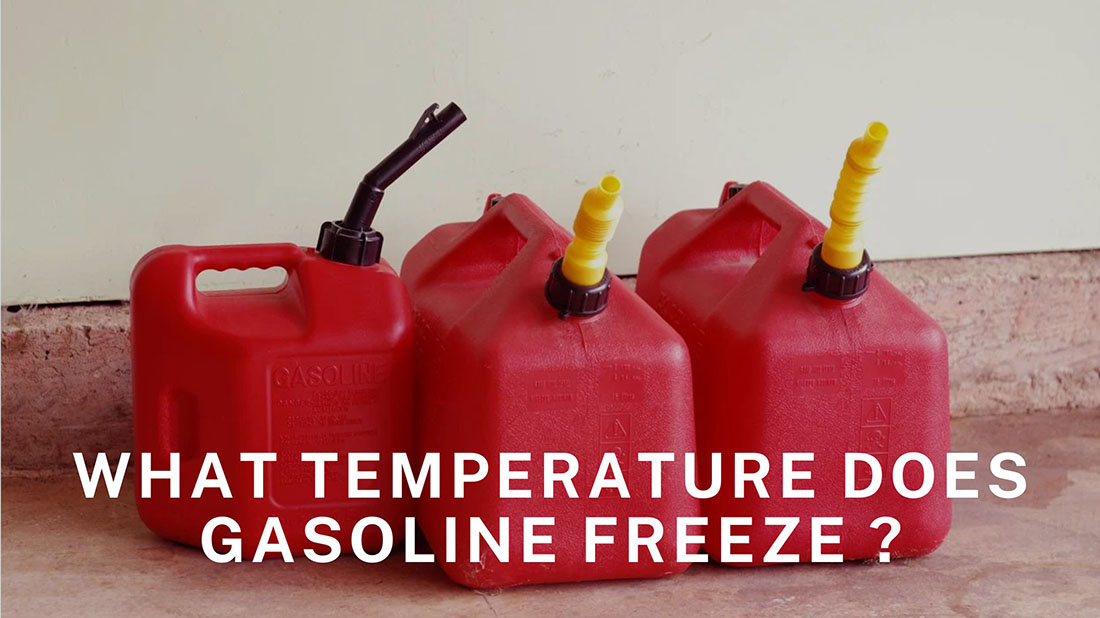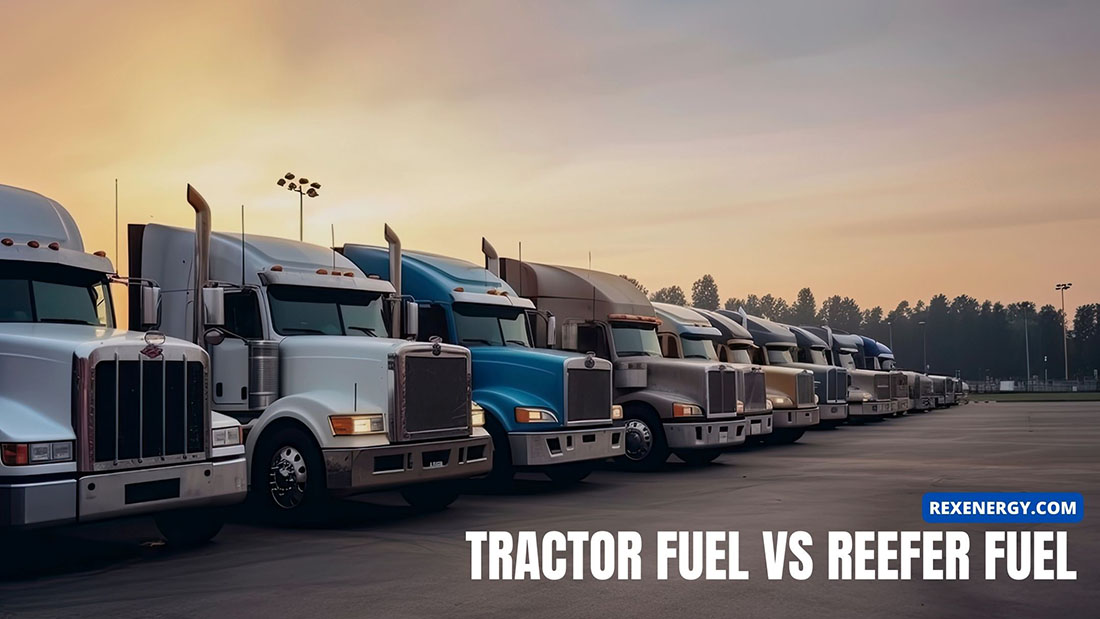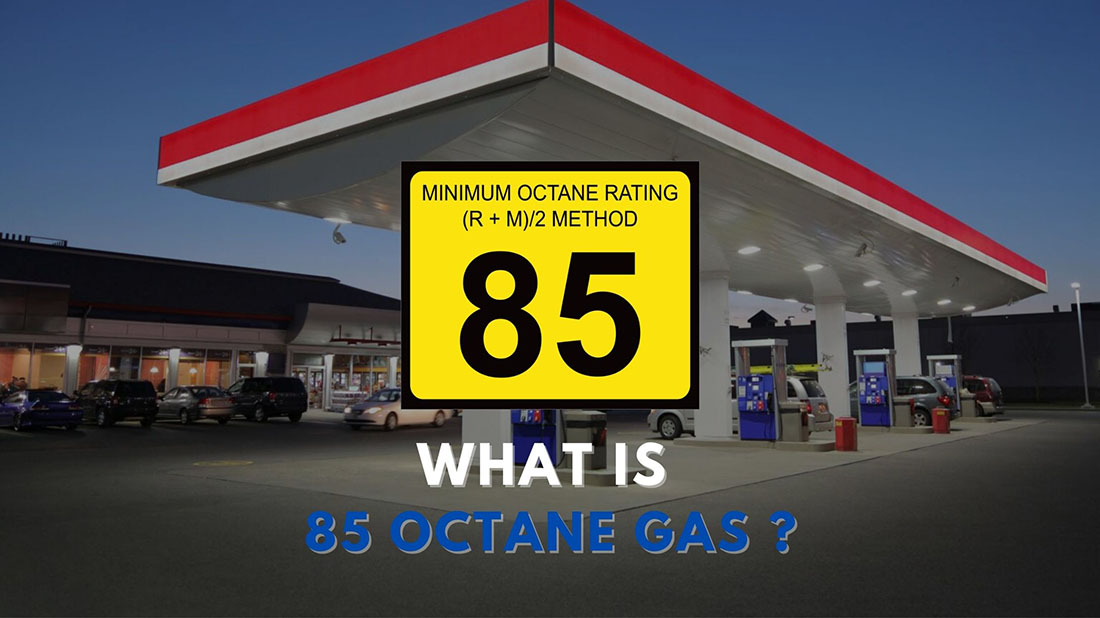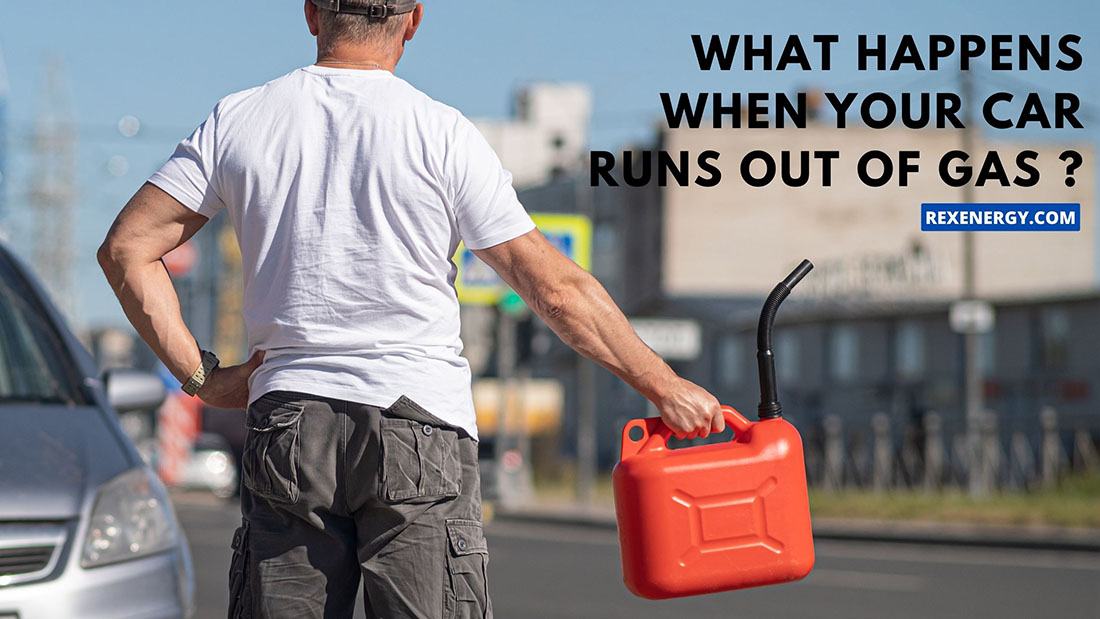Diesel is designed for heavy-duty vehicles and demanding tasks, while gasoline mostly works in lighter car models and engines. Since diesel is the more powerful option between the two, many assume it will operate just as efficiently (if not better) when used in gasoline cars.
In fact, doing so will only harm your vehicle, and here is why diesel is bad for gasoline cars.
Why Can’t You Put Diesel In A Car?
Most diesel cannot adapt well to gasoline cars, leading to poor combustion, ignition issues, engine knocking, and engine damage in the long run. The toxic emissions also increase and contribute to environmental issues.
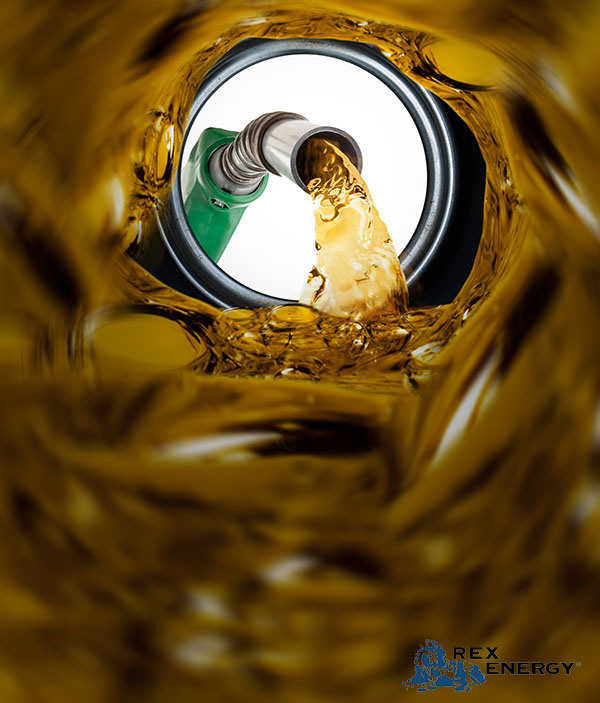
Ignition Issues
Gasoline engines need spark plugs to create the right air and fuel mixture, while diesel vehicles rely on compression ignition. That means diesel has a much higher temperature for auto-ignition than gasoline, so using it for spark ignition will not always be easy. You might struggle for hours just to get the car started.
Poor Combustion
Gas and diesel do not have the same combustion characteristics; the latter is not as volatile and burns much longer. Therefore, once you put diesel in the wrong engine, it will fail to complete the combustion process, leading to an extremely unpleasant driving experience with poor accelerations, rough idling, and reduced power.
Engine Knocking
When you put diesel in a gas engine, the mismatch between diesel and the engine results in uncontrolled ignition (discussed above) and sends strong shockwaves throughout the system. That is where a loud noise comes from, characterized by a sharp, distinct echo resembling a ping or a knock.
Deposits and Clogging
Diesel fuel leaves deposits on the spark plugs and fuel system. As they clog the filters and fuel injectors, the air and fuel mixture might become too lean, decreasing power output when overtaking vehicles or transitioning to highways.
Engine Damage
Your gasoline engine might not suffer if it only runs on diesel once or twice in a short period. But long-term usage will wreck most of its internal engine components, such as cylinders, exhaust systems, spark plugs, fuel systems, and more. The repair cost when using diesel in a gas engine might reach thousands of dollars.
Environmental Impacts
If you put diesel in a gas car, incomplete combustion due to the wrong fuel type will increase the car’s nitrogen oxides, particulate matter, and hydrocarbon emissions. As a result, burning environmental issues like constant climate change, greenhouse gas emissions, and air pollution only worsen in the long run.
How Much Diesel Does It Take to Damage The Gas Engine
You should never pour more than 10% of diesel into a gas tank, preferably less than 5%.
Gasoline needs an 87-91 octane rating to work in modern cars, while diesel’s octane levels fluctuate between 25 and 40. That means every 2% diesel in gasoline lowers 1 point of the overall rating. Once the octane rating loses 5 points, equalling 10% of diesel, your gas engine will face the same damage we mentioned above.
Even a small amount of diesel can take a toll on the engine compartments in the long term. And even if the engine still has a lot of gas left and you only blend in a small percentage of diesel, the risk of irreversible damage is still very high.
How To Fix The Issue of Diesel in Gas Engine
Stay Where You Are And Contact Roadside Assistance
Do not start the engine; you will only push the diesel further into the fuel lines and worsen the damage. Dial the number of a roadside or towing service to bring the car to a professional mechanic for further investigation.
If your car has no removable drain, the entire tank must be removed to drain diesel, which adds up to the total cost. Worse, the repair cost might be higher if your diesel has already entered the fuel line, so brace yourself for all possibilities.
Drain The Diesel Yourself If You Have Experience
Does your car have a removable drain? Then, a DIY method is the best if you have experience and are not left stranded on the street when the incident happens.
Open the drain to empty your fuel tank; keep draining until you are certain all diesel residues are flushed out. Once done, pour gasoline into the car.
Drive To The Nearest Repair Shop or Service Center
If the diesel accounts for less than 50% of the tank’s capacity, you can still drive your car to a shop or garage to have an expert drain it for you.
But note that this should be your last resort; it would be better to seek help without driving anywhere.
How to Tell Diesel and Gas Apart Based on Their Appearance
Diesel is heavier and thicker than gas, so its texture usually looks viscous and oilier.
Also, gasoline looks more yellow, while diesel’s color ranges from light to clear amber. If you struggle to tell these shades apart, ask an attendant whenever you come to a gas station for refilling.
Conclusion
Diesel is not designed for gasoline engines and should never be put in there. Contact a mechanic or drain it out yourself as soon as possible when the incident happens, and note some key differences between the two fuel types to avoid unnecessary confusion next time.

